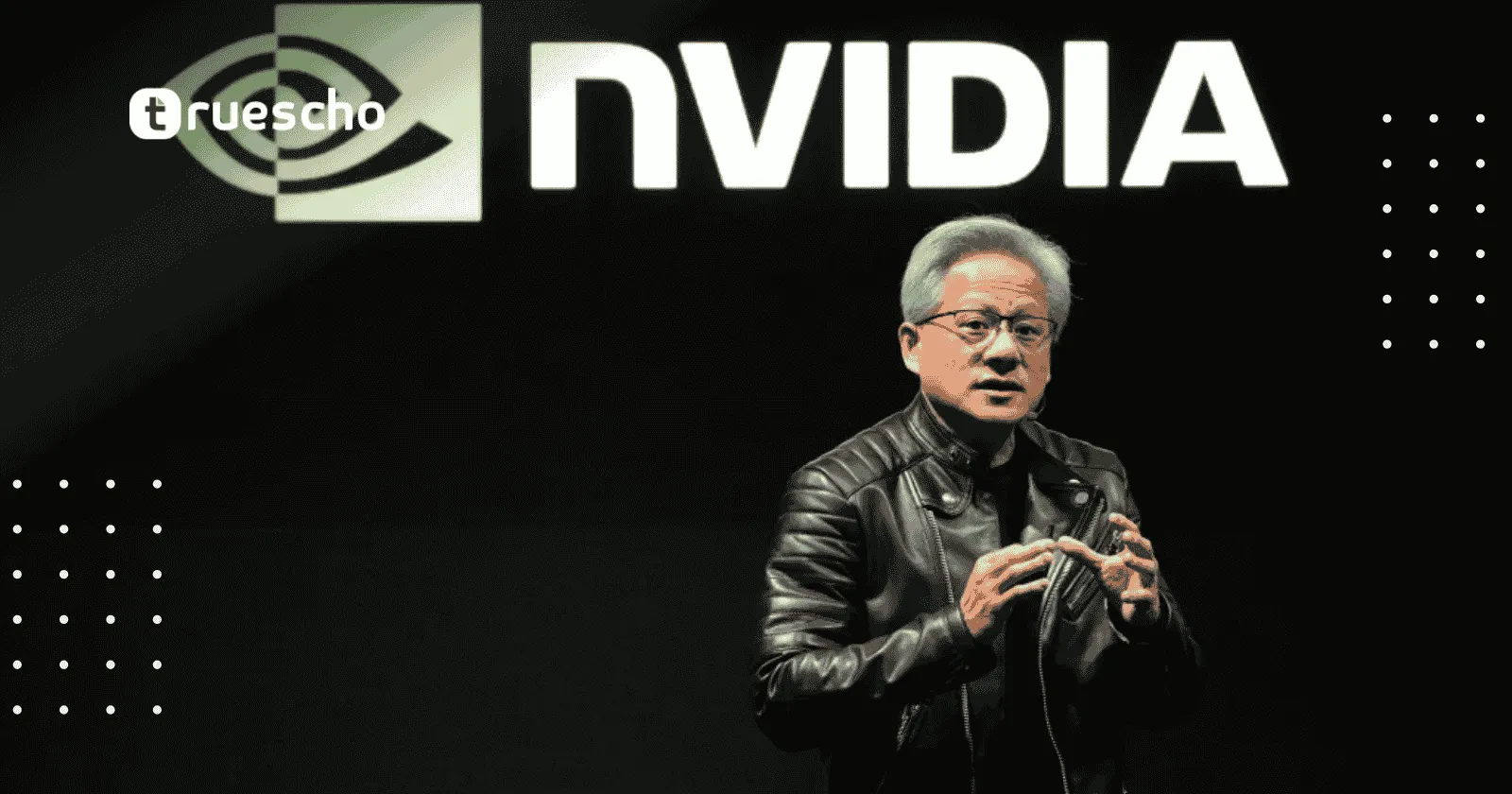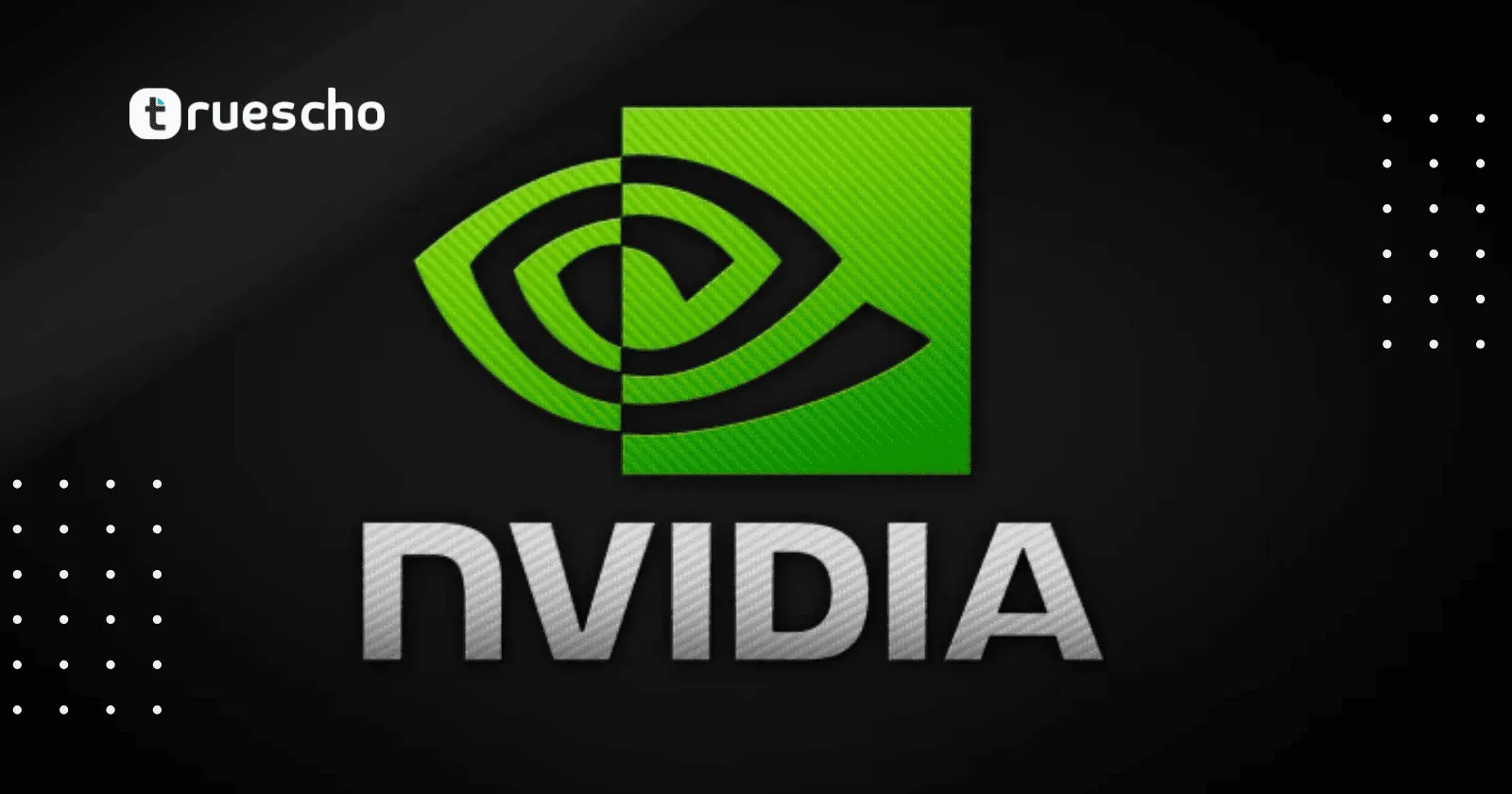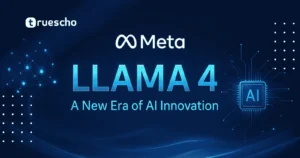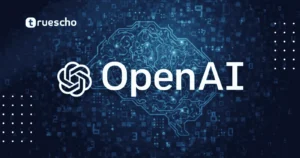Nvidia announces two personal AI supercomputers
Table of Contents
- Nvidia announces two personal AI supercomputers
- Deep Dive: DGX Spark and DGX Station
- DGX Spark: The Edge AI Powerhouse
- DGX Station: The Ultra-Powerful Desktop Supercomputer
- Implications for the AI Computing Landscape
- Expert Insights and Quotes
- Key Features and Technological Advancements
- Enterprise Adoption and Future Trends
- Tips for Enterprises and Developers
- Conclusion: A New Era in AI Computing
Nvidia announces two personal AI supercomputers
Nvidia’s presentation at GTC 2025 captivated audiences with its bold declarations about the future of computing. Huang remarked during his keynote, “This is the computer of the age of AI. This is what computers should look like, and this is what computers will run in the future. And we have a whole lineup for enterprise now, from little, tiny ones to workstation ones.” These words not only resonated with enthusiasts but also signified a departure from traditional computing architectures. Here are some of the essential highlights from the event:
- Introduction of Two New Computing Devices: The DGX Spark and DGX Station are designed to bring AI computing to personal workstations and enterprise environments.
- Advanced Chip Architecture: Powered by the next-gen Grace Blackwell chip platform, both models offer unprecedented computational capabilities.
- Edge AI Capabilities: These systems are engineered specifically to run AI models at the edge, facilitating real-time processing and faster decision-making.
- Industry-Ready Solutions: A range of manufacturing partners has been lined up to ensure these advanced computing systems meet enterprise-level demands.
Deep Dive: DGX Spark and DGX Station
Nvidia’s two newly unveiled devices cater to different needs yet share the common goal of democratizing AI computing. Below is a closer look at both personal AI computing devices:
DGX Spark: The Edge AI Powerhouse
Designed as a compact yet powerful machine, the DGX Spark is already available for deployment. With a cutting-edge GB10 Grace Blackwell Superchip at its core, Nvidia claims that the DGX Spark can deliver up to 1,000 trillion operations per second in AI computing. This level of performance is expected to drastically reduce the time needed for AI model prototyping and testing. Some key attributes of the DGX Spark include:
- High-speed data processing through advanced chip architecture.
- Optimized design for AI model prototyping at the edge.
- Seamless integration with existing AI development workflows.
The DGX Spark is built with the designer and developer in mind, delivering the computing power necessary to experiment with AI at a personal and small enterprise level.
DGX Station: The Ultra-Powerful Desktop Supercomputer
Complementing the DGX Spark is the DGX Station, which is set to hit the market later this year. Unlike its smaller counterpart, the DGX Station boasts an impressive configuration that combines Nvidia’s GB300 Grace Blackwell Ultra Desktop Superchip with a massive 784GB of memory. This device is engineered to handle larger, more complex AI models that demand extensive computational resources. The DGX Station is poised to become a cornerstone in the enterprise computing landscape, with its ability to serve as a desktop supercomputer that supports both research-intensive environments and commercial AI applications.
Implications for the AI Computing Landscape
Nvidia’s unveiling of these two personal AI supercomputers marks a transformative moment in the evolution of computing hardware. With an increasing shift towards AI-driven applications, the need for tailored computing devices that can function effectively at the network’s edge cannot be overstated. Enterprises around the globe have long been waiting for systems that allow for real-time training, fine-tuning, and deployment of AI models outside of traditional, centralized data centers. Nvidia’s strategic focus on edge computing solutions means that companies can now prototype and iterate AI models directly on site. Whether it is for autonomous driving prototypes, real-time data analytics, or personalized user experiences, these devices are expected to become fundamental tools across various verticals. In addition to reshaping enterprise computing, these innovations also signal a new era for individual developers and small businesses. With powerful yet compact devices now available, the barriers to entry for high-level AI development are being significantly lowered.

Expert Insights and Quotes
Jensen Huang, in his keynote, emphasized the revolutionary potential of these devices with his compelling statement:
“AI agents will be everywhere. How they run, what enterprises run, and how we run it will be fundamentally different. And so we need a new line of computers. And this is it.”
This perspective is echoed by industry analysts who see this announcement as a clear indication that the future of computing is not just about high-powered servers, but about making sophisticated AI capabilities accessible at every level—from high-end enterprise solutions to personal AI devices.
Read also: Data breach at stalkerware SpyX
Key Features and Technological Advancements
Nvidia’s latest personal AI computers integrate several advanced features designed to push the boundaries of current technology:
- Grace Blackwell Chip Platform: Both devices leverage this revolutionary chip design that maximizes AI operations per second, ensuring efficiency and speed.
- Edge-Optimized AI Processing: The systems are crafted to support AI computations on the edge, eliminating the latency associated with centralized cloud computing.
- Scalability: With solutions ranging from compact models like the DGX Spark to powerhouse desktops like the DGX Station, Nvidia provides scalable options for every AI need.
- Memory and Processing Capability: The DGX Station’s inclusion of 784GB of memory ensures robust performance for complex tasks, making it an essential tool for data-intensive applications.
These enhancements epitomize Nvidia’s commitment to not only enhancing performance but also redefining what computing can achieve in the era of artificial intelligence.
Enterprise Adoption and Future Trends
The impact of these personal AI computing devices extends well beyond individual use. With manufacturing partners such as Asus, Boxx, Dell, HP, and Lenovo on board, the DGX Station is set to complement existing enterprise infrastructures seamlessly. The diverse partnerships indicate that major industry players have recognized the potential of these devices to become standard workhorses in the next generation of enterprise IT. The traditional barriers faced in AI model deployment—such as latency, hardware scalability, and high costs—are set to be mitigated by such innovative solutions. In the near future, we can expect further developments where advanced AI operations will become integral to everyday business processes. These computing platforms are poised to lead the way in improved customer experiences, real-time analytics, and enhanced operational efficiencies.

Tips for Enterprises and Developers
For businesses and developers who are looking to embrace the AI revolution with these new computing devices, here are some practical tips:
- Assess Your AI Needs: Before investing, evaluate the size and complexity of the AI models you plan to deploy. Select between streamlined solutions like the DGX Spark for smaller scale use or the high-capacity DGX Station for larger projects.
- Stay Updated on Integration: Ensure your existing infrastructure can integrate with edge AI technologies. Investing in scalable solutions now will help future-proof your operations.
- Focus on Training: Use the new computing devices to train your teams on advanced AI applications. The faster feedback loop at the edge will accelerate innovation.
- Leverage Partnerships: Stay informed about the array of manufacturing partners involved and take advantage of comprehensive support and updates from industry leaders.
Read also: NA10 MCP Agent Update
Conclusion: A New Era in AI Computing
Nvidia’s demonstration of its new personal AI computing devices signals a major paradigm shift in technology. By delivering both the portable DGX Spark and the ultra-powerful DGX Station, Nvidia is ensuring that AI is accessible and practical for developers, enterprises, and innovators alike. With its revolutionary Grace Blackwell chip platform at the core of these machines, Nvidia is paving the way for a future where every organization can harness the power of artificial intelligence at the edge. These devices not only reflect the current demands of the AI era but are also a glimpse into a future where even more sophisticated, scalable, and efficient systems will redefine how we compute. As businesses evaluate their next steps in digital transformation, adopting these cutting-edge solutions could be the catalyst needed to propel innovation and competitiveness. With expert endorsements and industry-wide support, the era of personal AI supercomputers is here—and it’s set to transform every aspect of technological progress.
Read also: The Future of AI in YouTube






